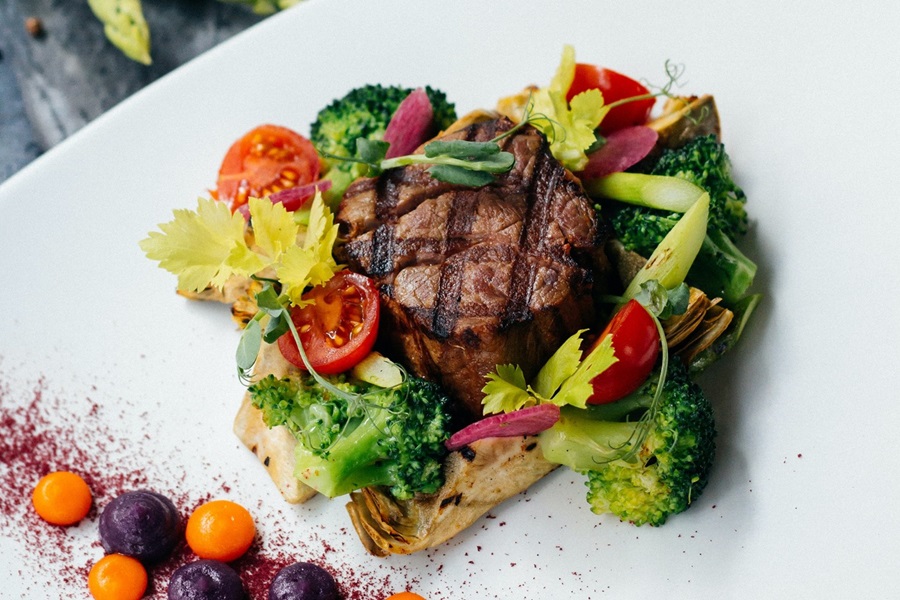Our first update of 2019 covers the 12 weeks to 27 January and despite all the press around Veganuary, we’ve not seen overall volumes for meat, fish and poultry (MFP) fall year on year. Although there is a lot of positive healthy intent, we’ve not seen a huge change in purchasing trends in our markets. As discussed in the latest grocery market share we are seeing a rise in plant-based sales, but this isn’t just taking from primary and processed meats. Health conscious shoppers are helping to drive produce sales, but not hitting the MFP markets to the level we might have expected.
Christmas is still lurking in the figures, but despite the media profile of Veganuary, the impact on the MFP market is relatively low. There is limited evidence of us becoming a nation of vegetarians and vegans, with only beef, lamb and turkey seeing volume declines in the latest period. Processed products have seen a slightly stronger decline, with bacon the largest driver of this volume loss as we see 4.2 million fewer trips containing bacon. When we focus on the last four weeks when Veganuary was running, we’ve seen flat volumes for primary meat and poultry, with fish still in strong growth, so any impact is minimal on the core categories. What we are seeing is the continued impact of uncertainty and retailer price wars driving down prices and causing shoppers to be more conscious of their spending.
Chilled fish continues to show a strong performance as volume outstrips value growth, attracting 332,000 more shoppers and 2.6 million more trips. All of the sectors are seeing volume growth except shellfish which is seeing static volumes. Salmon, cod and pollock are the key species driving volume growth, as natural drives salmon, breaded drives pollock and cod grows across all sectors except added value.
Promotions are rising, up 4% in volume, but it is keener everyday pricing which is stimulating growth with non-promoted sales up 5%. "Naturals" remains the largest area and has seen 2m more trips compared to last year, with 461,000 more shoppers in the category.
The decline of beef volumes has been driven by steaks, which are down 9.7%, with 420,000 fewer shoppers and 2.1 million fewer trips this year. The in-store activity for Valentine’s Day may help turn around this performance. Roasting volumes continue to fall, but this is part of a long-term decline for roasting joints overall. Lamb continues to see the core roasting joints decline (leg -4%, shoulder -3%) and lamb chops down 8%, with fewer shoppers the key driver of these sectors. Chicken continues to drive volume and pull away from red meat volumes, with 390,000 more shoppers and 2 million more trips. Legs and breasts continue to drive growth, attracting 470,000 more shoppers to breasts and 280,000 more to legs.
2019 is already full of surprises, with Veganuary not hitting as hard as the press would lead us to believe and the promise of an eastern freeze not materialising everywhere. We know that events drive performance and interest in our markets, so it will be interesting to see the impact of Valentine’s Day on the next update.

